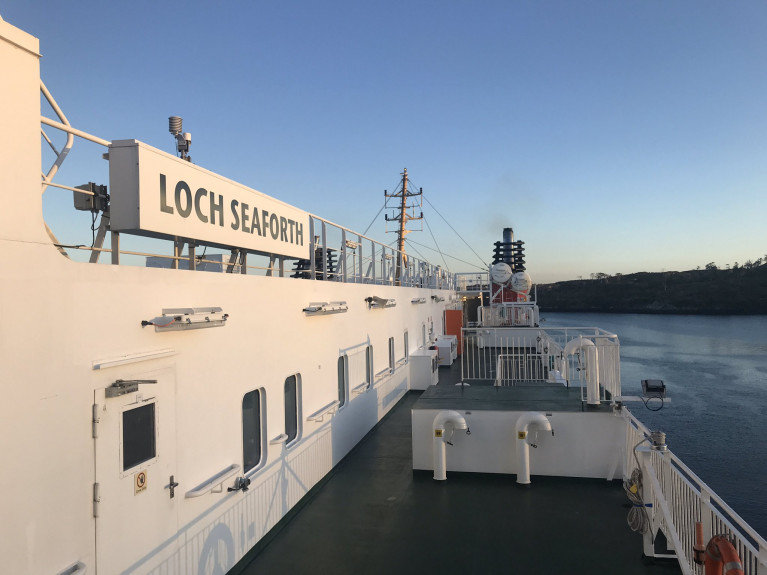Displaying items by tag: Jobs Concern
Jobs Concern as Scottish Operator's £29m Contract Awarded to Irish Sea Shipyard Over Clyde Firm
Scottish Government-owned ferries will undergo a £29m maintenance contract which been given to Mersey-based Cammell Laird over Dales Marine, which operates in the Garvel Dry Dock in Greenock on the Clyde.
The decision has sparked concern over the impact on jobs at the dry dock in Greenock, which employs more than 50 staff.
The new contract is the first of a £58m deal to maintain and overhaul the CalMac vessels.
It will see work carried out on the CalMac fleet serving west coast islands - including MV Lochnevis, MV Hebridean Isles, MV Isle of Mull, MV Isle of Arran, MV Caledonian Isles and MV Isle of Lewis. More here reports The Scotsman.
Afloat adds CalMac's largest ferry, MV Loch Seaforth (see Irish Sea trials) which operates Ullapool-Stornoway on the Isle of Lewis (Outer Hebrides) is currently dry-docking at the English shipyard having arrived last week.
A pair of relief ferries in the form of the aforementioned MV Isle of Lewis and MV Hebridean Isles are maintaining the route.
Loch Seaforth has accommodation for 700 passengers and 143 cars and 20 trucks was built by Flensburger Schiffbau-Gesellschaft (FGS). This is the same German shipyard that built Irish Ferries much delayed cruiseferry W.B. Yeats which made a debut in 2019 and is currently operating Dublin-Holyhead during the winter.
It is in the north Wales port from where as Afloat reported last week, the Cammell Laird built polar research ship, RRS Sir David Attenborough is to undergo technical sea trials.
As for the overall CalMac fleet is to see significant improvements during the dry docking maintenance programme to each of the company's 34 ferries involving a range of upgrades.
In the case of MV Loch Seaforth this will be the fitting of an additional 40 internal seats whereas an improved Fast Rescue Craft and cranes are being added to MV Isle of Lewis and Hebrides. Both these ferries are also receiving new disabled bathroom and changing facilities.






























































